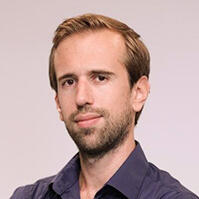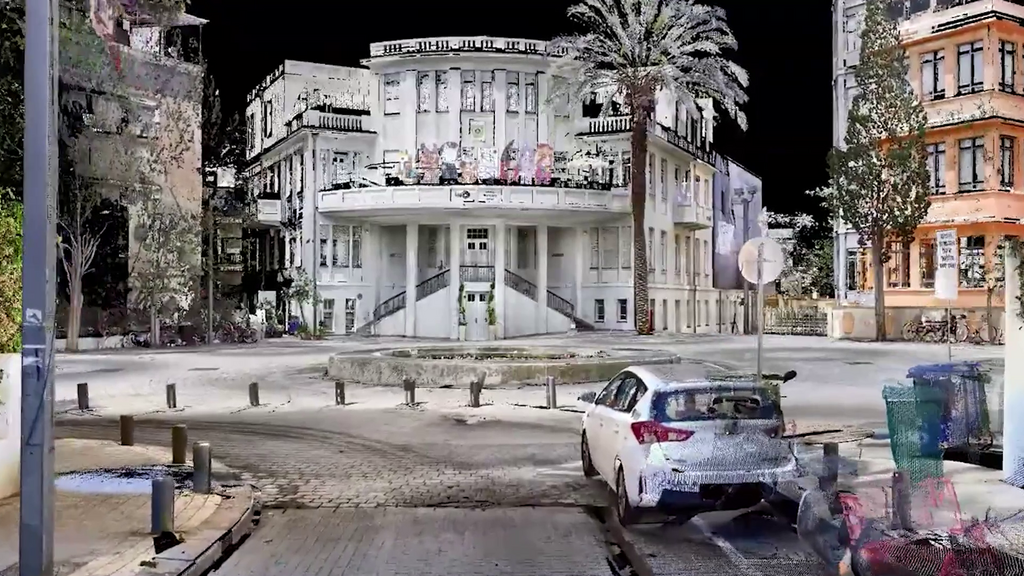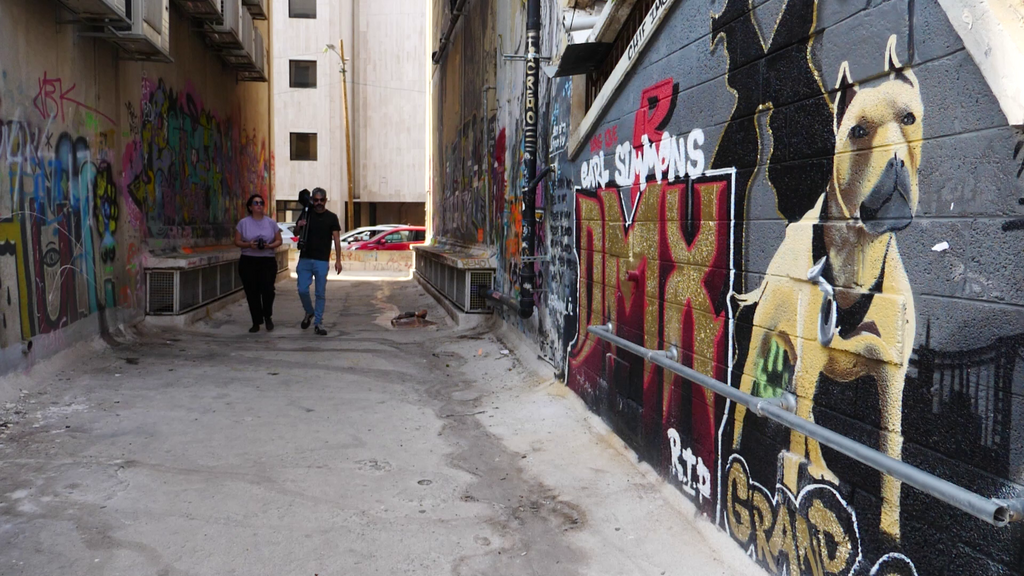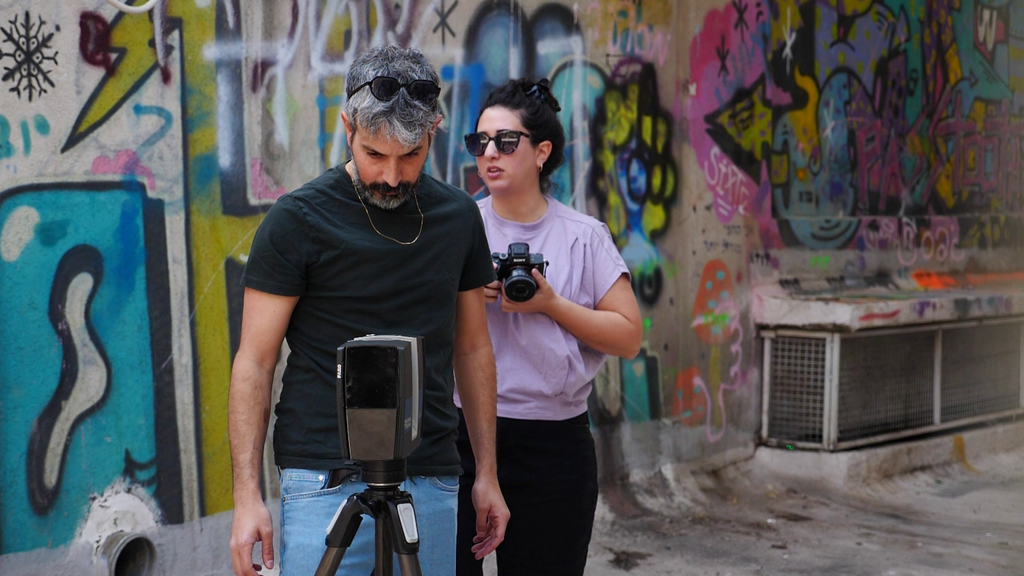Adam Havkin and Inbar Kaspi are a couple who own the "Scan the City" studio, and can be routinely found equipped with a 3D scanner and camera gear, scanning various locales in places around the country.
Points of interest, neighborhoods, streets, archeological findings and plenty more, all get scanned and presented in exquisite detail for all to observe from the comfort of their own home, whether for personal enlightenment of as instructional material.
We meet Havkin and Kaspi in a Tel Aviv industrial high-rise from which they can surveil the Kiryat Hamelacha neighborhood which they call their "sandbox". They've spent thousands of hours 3D-scanning every nook and cranny of that part of town, which they say is dynamic and constantly changing, giving them all the impetus they require to continue scanning each location anew.
But they do not settle for documenting Israel's largest Metropolitan hub, and venture to interesting locations such as bat caves, excavation and archeological sites, and even the Knesset.
A museum tour like no other
The studio began as a documentation project, during which city squares, historical sites and various esoteric points of interest were all scanned and documented, to get to know Tel Aviv in a way previously unventured.
There are several methods used for scanning. One of these entails using the 3D scanner, which projects thousands of dots onto an object, and as they are projected back, it helps map out a 3D imprint o that object, called a "dot cloud".
This can be used for video art, personal appreciation and even by movie and gaming studios who would gladly use the images to convey an environment that cannot be replicated in real life.
The other major use is simply documentation left for posterity. Once you have the exact 3D image on file, it can be used for restoration in the future.
Virtual Tel Aviv
(Footage: Yaron Sharon)
Creating elaborate 3D models is also frequently used for cyber exhibits. A virtual replica of historical objects can serve as a virtual museum tour, enabling history enthusiasts to visit a whole host of historical objects on the rainiest of days.
Ever wanted to take a sigh seeing tour of Jericho, but were afraid to go because of the hostile nature a Jew might receive there? No problem. Havkin and Kaspi were able to establish contact with people who had no problem venturing into the city and creating a virtual sightseeing tour for middle eastern history buffs.
We accompanied them on a tour of Kiryat Hamelacha in southern Tel Aviv, equipped with their trusted 3D scanner. "What we get from it is mainly geometric accuracy. In the areas where it leaves something to be desired, we complement it with drone footage.
"We love this area, and raise our daughter here, they said. "We're very connected to the charm of southern Tel Aviv and the diverse community of artists who call this area home. The local alleyways constantly evolve from an artistic standpoint so there's always something new to document."
On occasion, Havkin likes to take certain places in Tel Aviv and apply virtual manipulations, rendering them more interactive. It's a project he refers to as "Metaviv", a cross between Metaverse and Tel Aviv.







